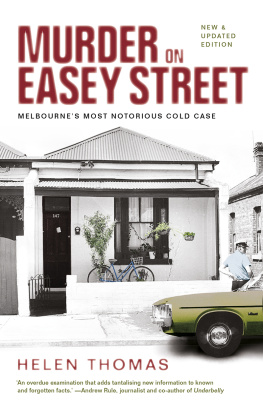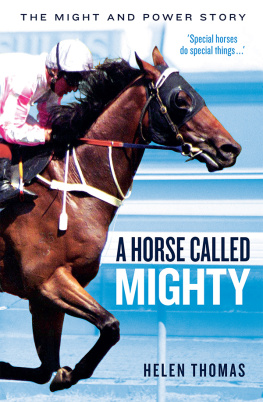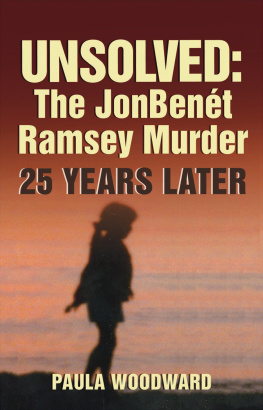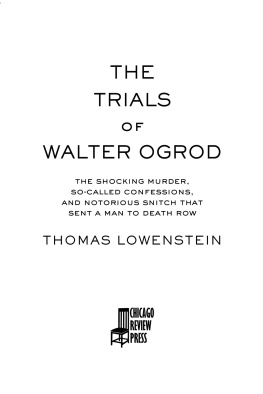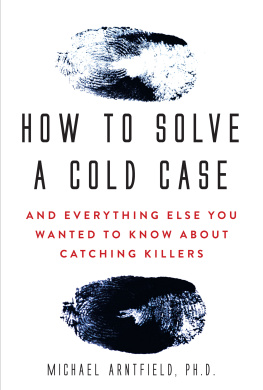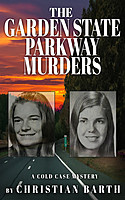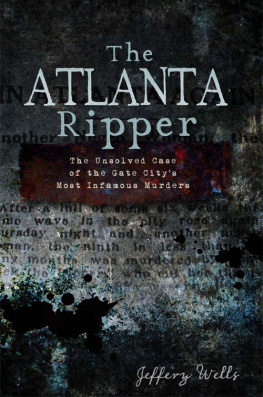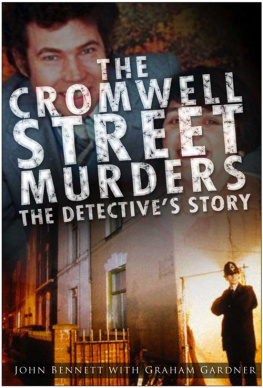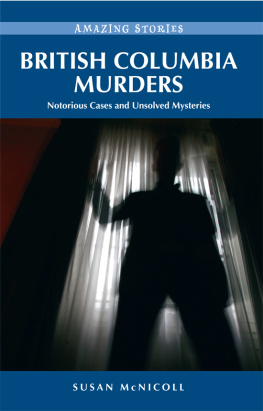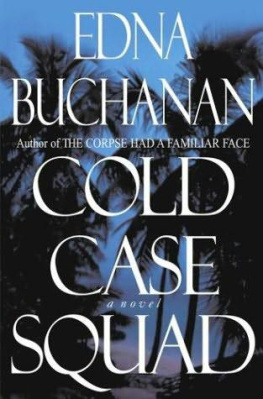
Published by Nero,
an imprint of Schwartz Books Pty Ltd
2224 Northumberland Street
Collingwood VIC 3066, Australia
www.blackincbooks.com
Copyright Helen Thomas 2019, 2022
First published in 2019; this updated edition published in 2022
Helen Thomas asserts her right to be known as the author of this work.
ALL RIGHTS RESERVED.
No part of this publication may be reproduced, stored in a retrieval system, or transmitted in any form by any means electronic, mechanical, photocopying, recording or otherwise without the prior consent of the publishers.
9781760643867 (paperback)
9781743820780 (ebook)

Cover design by Nanette Backhouse, saso.creative
Text design and typesetting by Tristan Main
Author photo Andy Baker
Every effort has been made to secure permissions for all images.
Please contact the publisher directly for further information.
For Sue and Suzanne and justice, belated.
We tell ourselves stories in order to live.
Joan Didion
PROLOGUE
It was a night like many others that summer in Melbourne, the kind of gentle January evening everyone enjoys. And Martin Bartlett was doing a favour for his sister. Always good at fixing things, he was hooking up the speaker leads to Susans stereo, a task that seemed to elude the high-school teacher and her housemate, Suzanne Armstrong.
The two women, friends who grew up together in the Victorian country town of Benalla, had been sharing the small workers cottage in Collingwood for just a couple of months, with Martin a regular visitor. He and his older sister saw each other or at least spoke once a week, and he was happy to perform brotherly tasks like this one. He was usually repaid with a home-cooked meal, and this night was no exception; plus, he just liked visiting Sue, as family and friends called her, and this evening had brought his girlfriend with him.
The house in Easey Street was neat and simple, with a patch of lawn in the backyard providing a comfortable backdrop for the blow-up pool the girls would fill with water on hot days for Suzannes sixteen-month-old son, Gregory, to play in. Some of the young children in the street would jump into it too, running up the old dunny lane along one side of the house and in through the open side gate to join him for a quick splash.
Having successfully fixed the stereo, and enjoyed their evening together, Martin Bartlett left his sisters house on 10 January 1977, and all was quiet, all was normal. Gregory was asleep in his cot in the small sewing room that doubled as his bedroom, and the two friends were getting ready to watch television. Just before Martin and his partner left, he and Sue made a loose plan to have dinner again soon, while Suzanne chatted to her younger sister on the phone.
Not a hint of anything out of the ordinary that Monday night, then.
Next door, Ilona Stevens and a friend from work at the Truth newspaper were playing pool in the back room of the cottage that was the mirror image of Sue and Suzannes house. They were sharing a few after-dinner drinks and the easy comradery of colleagues who got on well, in and out of the office.
In the house on the other side of 147 Easey Street, the two properties separated by the short laneway, an elderly woman was getting ready for bed and tending to her ailing husband. Later, unable to sleep, she took up her usual vantage point in her kitchen, listening to the street and the world around it wind down. It was a habit that allowed her to take the night breeze in summer and warm herself by the stove in winter.
In her early eighties, she had lived in Collingwood with her husband far longer than most of the other locals and was entirely at home in this scrappy suburb on the edge of the city.
Like many of the terraced houses in the street, hers mirrored her neighbours. But it was more basic; there was still a dirt floor in the kitchen, and a side fence of battered palings no more than three feet high. Old Collingwood, some neighbours would think as they passed. And so Gladys Coventry was, yet she was also perfectly attuned to the rhythms of the street and her twenty-something neighbours.
She had seen many things during her decades in Easey Street. What she saw on this particular evening was never officially recorded, and has almost been lost to time.
A few doors up the street, Peter Sellers and a mate had settled in for the evening too, kicking back in front of the TV. The former apprentice jockey was savouring a little late-night freedom before his family returned from a sojourn interstate. What he and his friend heard, hours later, has also never been fully recorded or understood.
Three days later, some sixty hours after Martin Bartlett last saw his sister, as the citys temperature rose to nearly 33 degrees, Mrs Coventry watched as police swarmed on the cottage next door, and the covered bodies of the two young women were brought out on gurneys. They had been stabbed a collective eighty-four times.
Gladys Coventry saw the female police officer carry Gregory out of the house and into the waiting ambulance, headed for the childrens hospital, as her neighbours huddled on the footpath across the street. It was summer holidays, so local youngster Phillip Perez and his friends were there too, wheeling around on their bikes, not quite comprehending the grim scene unfolding or what to do within it.
Four decades later, five days after the fortieth anniversary of the double homicide that cast an indelible shadow on the citys soul, a million-dollar reward for new information was posted. But police are still to make an arrest. The killer is still free.
So a 42-year-old question stands, one that disturbs most who lived in Melbourne at the time, including steadfast young journalists: how can two women, not quite in the prime of their lives, die so violently at the hands of a man who just vanishes?
The repeated refrain has been that no one saw or heard anything suspicious that night. Or the next night, or the one after that. But Easey Street tells a different tale of the week in January that forever changed the city. And Gladys Coventry could well be its true heart.
CHAPTER 1
THE MOVE
COLLINGWOOD PROBABLY WASNT their first choice.
As inner-city suburbs went, it wasnt as trendy as Carlton, as hip as Fitzroy or as leafy as Clifton Hill. It was a rough-and-tumble little pocket on the edge of the city, with lines of unrenovated workers cottages alternating with small factories, just a few minutes walk from the Richmond housing commission flats.
But it was cheap, and thats likely the main reason 28-year-old Suzanne Armstrong was drawn to the small house she found in Easey Street to share with her friend, Susan Bartlett, and her young son, Gregory. Nothing fancy, it was neat and roomy enough for the now single mum, her son and her best friend to share comfortably. Her bike could even tuck in on the porch, just under the front window.
Not long back from Greece, where Greg had been born just over a year ago, Suzanne was keen to make a fresh start in Melbourne. And who better to do that with than her old ally Sue? The two had been friends ever since high school in Benalla, a country town in north-eastern Victoria. Bright, vibrant young women, they seemed to balance each other, each confident in their own way.
Suzanne had already spent time overseas, travelling through Asia, the United Kingdom and the United States between 1972 and 1973, on what, from her letters home, sounded like quite an adventure. She even admitted she had smuggled a suitcase of emeralds that was really cocaine from Bogot to Florida for two men she barely knew. Far from home and running low on travelling funds, the $400 they promised to pay for the illegal journey obviously appealed to her. But she never saw a dollar. I am so naive sometimes, I should be drawn and quartered, she wrote to a friend. When she returned to Australia, Sue was in Greece. Suzanne began working as a taxi driver to save enough to be able to afford another trip and catch up with her mate, who had written to say what a great time she was having.
Next page
